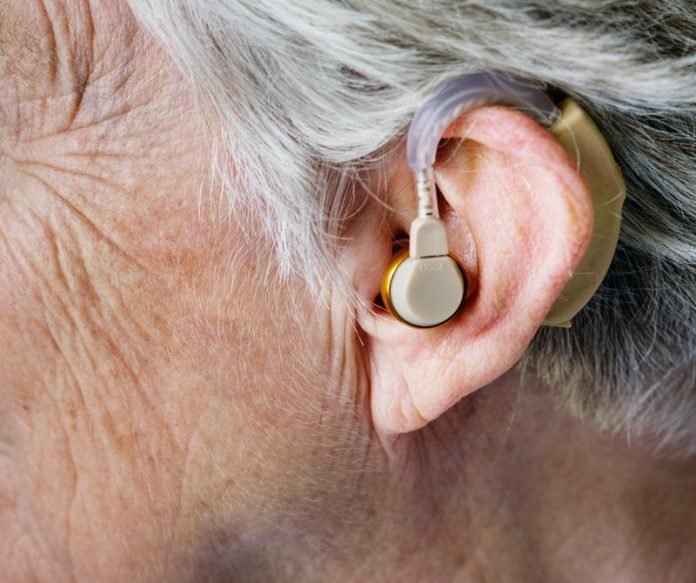
In a new study, researchers found that gentle, controlled stimulation of the ear canal can help reduce symptoms of Parkinson’s disease.
The results build on other work that has shown that gentle stimulation of the inner ear can also improve brain symptoms linked to stroke and traumatic brain injury.
The research was led by the University of Kent.
In the study, the team examined 46 people with Parkinson’s disease.
The stimulation therapy was performed at home using a portable headset produced exclusively for clinical research.
It was developed by Scion Neurostim, a US-based device company.
Participants with Parkinson’s continued to take their regular dopamine replacement therapy while using the device.
The team found that that twice-daily stimulation of the ear for two months was linked to a big decrease in both motor and non-motor symptoms of Parkinson’s disease.
Patients reported greater movement and mobility, and showed improvements in decision-making, attention, memory, mood, and sleep.
They also said that by the end of the study, it was easier to perform everyday activities by themselves.
Moreover, most of the health benefits were greatest five weeks after the end of treatment, suggesting that the treatment may have long-lasting effects.
The finding shows that some aspects of Parkinson’s disease may be better managed if traditional drug therapies are combined with gentle, non-invasive stimulation of the balance organs.
The method holds a lot of promise to relieve troublesome symptoms that many with Parkinson’s experience.
Future work needs to better understand how delivering this kind of non-invasive stimulation to the nerve in the ear works.
The leader of the study is Professor David Wilkinson at Kent’s School of Psychology.
The study is published in the journal Parkinsonism & Related Disorders.
Copyright © 2019 Knowridge Science Report. All rights reserved.



